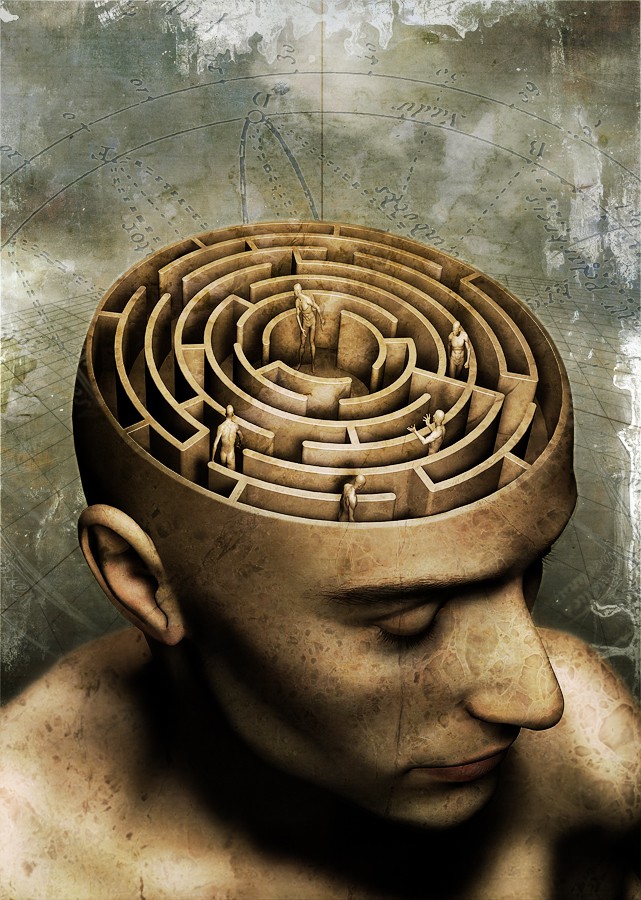p. 198
pages of history as the greatest of the pagan martyrs. A personal disciple of the magician Plutarch, and versed in the profundities of the Platonic School, Hypatia eclipsed in argument and public esteem every proponent of the Christian doctrines in Northern Egypt. While her writings perished at the time of the burning of the library of Alexandria by the Mohammedans, some hint of their nature may be gleaned from the statements of contemporaneous authors. Hypatia evidently wrote a commentary on the Arithmetic of Diophantus, another on the Astronomical Canon of Ptolemy, and a third on the Conics of Apollonius of Perga. Synesius, Bishop of Ptolemais, her devoted friend, wrote to Hypatia for assistance in the construction of an astrolabe and a hydroscope. Recognizing the transcendency of her intellect, the learned of many nations flocked to the academy where she lectured.
A number of writers have credited the teachings of Hypatia with being Christian in spirit; in fact she removed the veil of mystery in which the new cult had enshrouded itself, discoursing with such clarity upon its most involved principles that many newly converted to the Christian faith deserted it to become her disciples. Hypatia not only proved conclusively the pagan origin of the Christian faith but also exposed the purported miracles then advanced by the Christians as tokens of divine preference by demonstrating the natural laws controlling the phenomena.
At this time Cyril–later to be renowned as the founder of the doctrine of the Christian Trinity and canonized for his zeal–was Bishop of Alexandria. Seeing in Hypatia a continual menace to the promulgation of the Christian faith, Cyril–indirectly at least–was the cause of her tragic end. Despite every later effort to exonerate him from the stigma of her murder, the incontrovertible fact remains that he made no effort to avert the foul and brutal crime. The only shred of excuse which might be offered in his defense is that, blinded by the spell of fanaticism, Cyril considered Hypatia to be a sorceress in league with the Devil. In contrast to the otherwise general excellence of the literary works of Charles Kingsley maybe noted his puerile delineation of character of Hypatia in his book by that name. Without exception, the meager historical references to this virgin philosopher attest her virtue, integrity, and absolute devotion to the principles of Truth and Right.
While it is true that the best minds of the Christianity of that period may readily be absolved from the charge of participes criminis, the implacable hatred of Cyril unquestionably communicated itself to the more fanatical members of his faith, particularly to a group of monks from the Nitrian desert. Led by Peter the Reader, a savage and illiterate man, they attacked Hypatia on the open street as she was passing from the academy to her home. Dragging the defenseless woman from her chariot, they took her to the Cæsarean Church. Tearing away her garments, they pounded her to death with clubs, after which they scraped the flesh from her bones with oyster shells and carried the mutilated remains to a place called Cindron, where they burned them to ashes.
Thus perished in A.D. 415 the greatest woman initiate of the ancient world, and with her fell also the Neo-Platonic School of Alexandria. The memory of Hypatia has probably been perpetuated in the hagiolatry of the Roman Catholic Church in the person of St. Catherine of Alexandria.
THE COMTE DI CAGLIOSTRO
The “divine” Cagliostro, one moment the idol of Paris, the next a lonely prisoner in a dungeon of the Inquisition, passed like a meteor across the face of France. According to his memoirs written by him during his confinement in the Bastille, Alessandro Cagliostro was born in Malta of a noble but unknown family. He was reared and educated in Arabia under the tutelage of Altotas, a man well versed in several branches of philosophy and science and also a master of the transcendental arts. While Cagliostro’s biographers generally ridicule this account, they utterly fail to advance in its stead any logical solution for the source of his magnificent store of arcane knowledge.
Branded as an impostor and a charlatan, his miracles declared to be legerdemain, and his very generosity suspected of an ulterior motive, the Comte di Cagliostro is undoubtedly the most calumniated man in modem history. “The mistrust,” writes W. H. K. Trowbridge, “that mystery and magic always inspire made Cagliostro with his fantastic personality an easy target for calumny. After having been riddled with abuse till he was unrecognizable, prejudice, the foster child of calumny, proceeded to lynch him, so to speak. For over one hundred years his character has dangled on the gibbet of infamy, upon which the sbirri of tradition have inscribed a curse on any one who shall attempt to cut him down. His fate has been his fame. He is remembered in history, not so much for anything he did, as for what was done to him.” (See Cagliostro, the Splendour and Misery of a Master of Magic.)

Moe is the founder of GnosticWarrior.com. He is a father, husband, author, martial arts black belt, and an expert in Gnosticism, the occult, and esotericism.

![How Augustine admonished the bishops of the Britons on behalf of Catholic peace, and to that end wrought a heavenly miracle in their presence; and of the vengeance that pursued them for their contempt [Circ. 603 A.D.] | Book 2 | Chapter 2 How Augustine admonished the bishops of the Britons on behalf of Catholic peace, and to that end wrought a heavenly miracle in their presence; and of the vengeance that pursued them for their contempt [Circ. 603 A.D.] | Book 2 | Chapter 2](https://www.gnosticwarrior.com/wp-content/plugins/contextual-related-posts/default.png)
